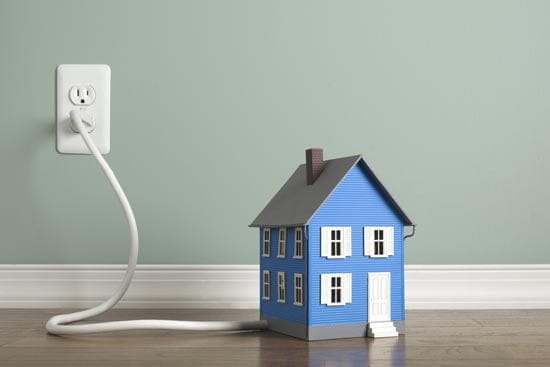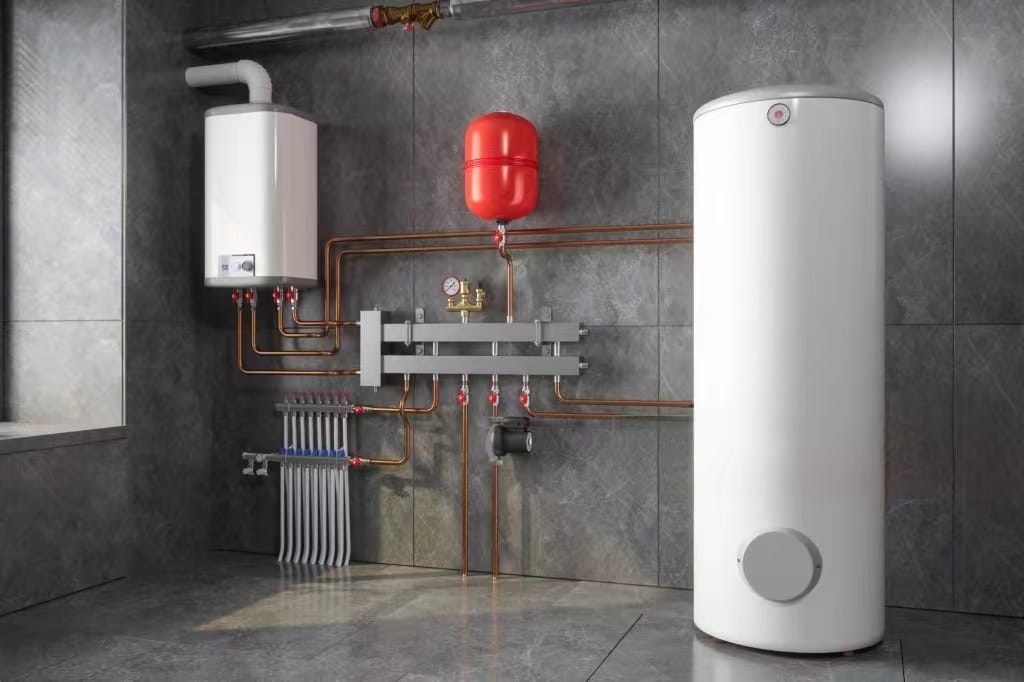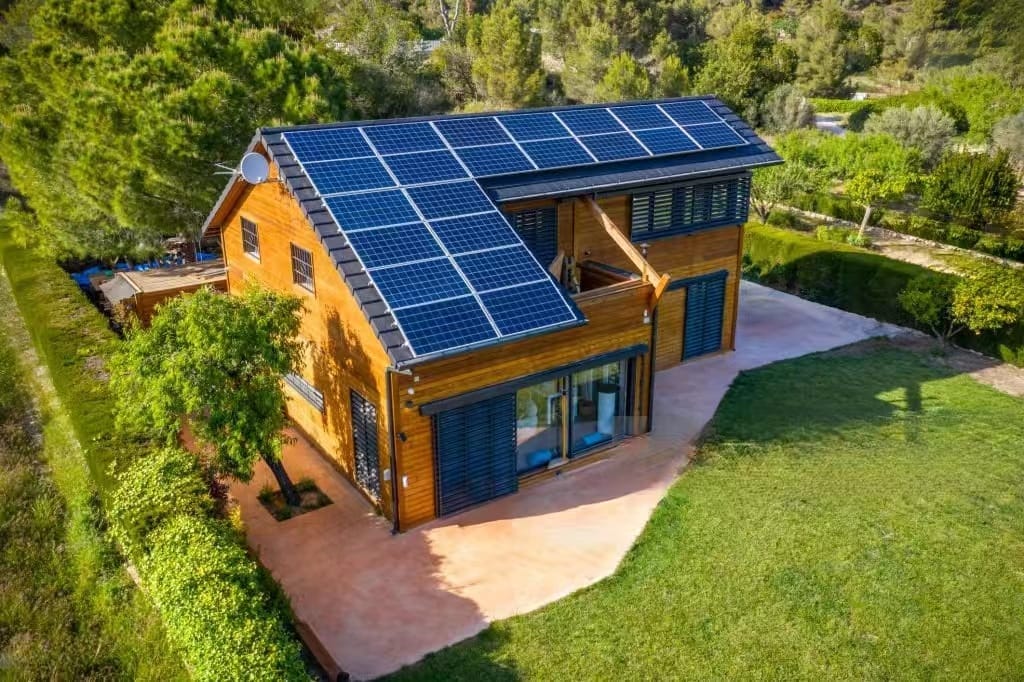Are your energy bills higher than expected? With rising electricity costs, many households are looking for ways to cut down on energy usage without sacrificing comfort. A home energy monitor can help you pinpoint where your energy is going and how to reduce waste. In this article, we’ll explore five ways an energy monitor can help you save on your electricity bill, and why investing in one is a smart move for any homeowner.

1. Track Your Energy Usage in Real-Time
With a home energy monitor, you can get a real-time view of how much electricity your appliances are using. Instead of waiting until the end of the month to see your bill, you can track your energy consumption every minute. This gives you the power to identify energy-hungry devices and make immediate changes.
2. Identify Energy Guzzlers in Your Home
Some appliances are notorious for wasting electricity. Old refrigerators, electric water heaters, or space heaters may be costing you more than you realize. A home energy monitor helps you identify these “energy guzzlers” by breaking down how much each device contributes to your total consumption.

3. Save During Peak Hours with Usage Insights
Many energy providers charge higher rates during peak hours when electricity demand is at its highest. With an energy monitor, you can view your usage patterns and adjust your behavior to avoid these costly time periods.
4. Optimize Your Solar Power Usage
If your home is equipped with solar panels, a home energy monitor can be especially beneficial. It provides detailed insights into how much energy your home is generating versus how much it’s consuming.
5. Get Historical Data for Better Energy Planning
A key feature of home energy monitors is their ability to store historical data on your energy consumption. This allows you to look back at patterns over weeks or months and gain a deeper understanding of your household's energy habits.
How to Choose the Right Energy Monitor for Your Home
At Grus.io, we understand that different homes and businesses have unique energy monitoring needs. That’s why we offer a range of energy monitoring products to cater to various systems, from single-phase home setups to more complex three-phase or multi-circuit systems. Here’s a guide to help you choose the right energy monitor for your situation:
1. Single-Phase (Bidirectional) Energy Monitor
Best for:
- General households
- Small offices or stores with single-phase power
- Homes with solar power systems
The Single-Phase Bidirectional Energy Monitor is designed for standard household electrical systems. It monitors energy flow in both directions, which means it can track energy consumption from the grid and energy generated by home solar systems. This makes it ideal for families looking to monitor both power usage and solar generation.
Use Case:
- Single-phase power supply in typical homes
- Solar-powered homes (monitoring both energy consumption and generation)
- Tracking energy use from electric vehicle charging stations
2. Three-Phase Energy Monitor
Best for:
- Larger homes or businesses
- Properties with heavy machinery or central air systems
- Industrial or commercial buildings

For larger properties or commercial use, the Three-Phase Energy Monitor provides a comprehensive solution. It tracks energy usage across all three phases of power, offering a more detailed view of electricity consumption in properties with more complex electrical systems, such as those with HVAC systems or industrial equipment.
Use Case:
- Large homes or businesses with three-phase power
- Properties with central air conditioning or heavy-duty equipment
- Commercial and industrial energy tracking
3. Multi-Circuit Energy Monitor
Best for:
- Homes with multiple circuits
- Businesses that need to monitor several devices or departments separately
- Sub-panels or secondary electrical systems
The Multi-Circuit Energy Monitor is a versatile tool that can monitor multiple circuits at once. It is ideal for homes or businesses with sub-panels, or where monitoring specific appliances or systems separately is important. This monitor can track up to multiple circuits, allowing for detailed energy usage tracking across different parts of the home or business.

Use Case:
- Homes with multiple electrical panels
- Businesses needing to track separate departments’ energy usage
- Detailed appliance-level energy tracking (e.g., HVAC systems, refrigerators, etc.)
Why a Grus Energy Monitor is Right for You
No matter your setup, Grus.io has an energy monitor tailored to your needs. Our devices offer easy installation, real-time data, and compatibility with your smartphone, making it simple to stay on top of your energy usage. Whether you’re a homeowner looking to cut down on utility bills or a business owner managing high energy costs, the right energy monitor can make a big difference.
Not sure which monitor is right for you? Visit Grus.io for more information or reach out to our team for personalized recommendations.
Conclusion: Start Saving with the Grus Energy Monitor
A home energy monitor is one of the simplest and most effective ways to take control of your energy use. Whether you're looking to lower your electricity bills, optimize your solar system, or simply understand your household's energy habits better, an energy monitor is a must-have tool. Ready to start saving? The Grus Energy Monitor offers real-time tracking, easy installation, and deep insights into your energy consumption.




